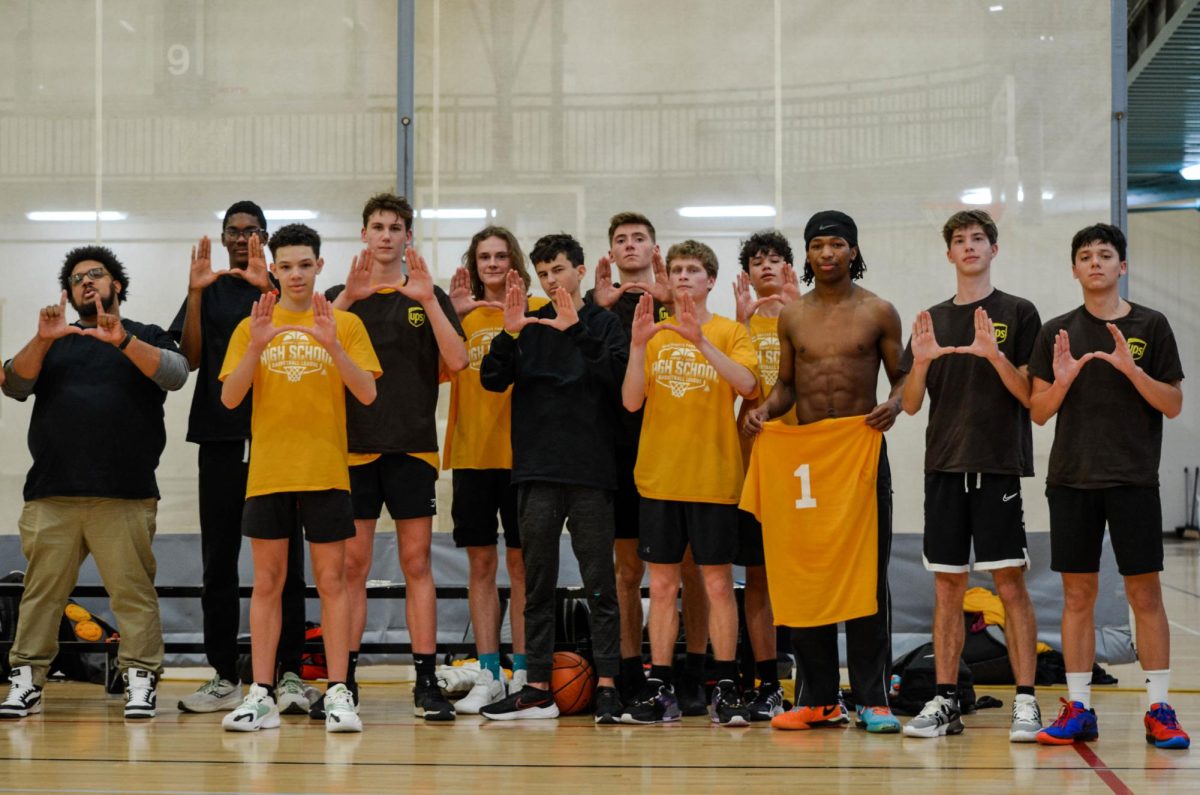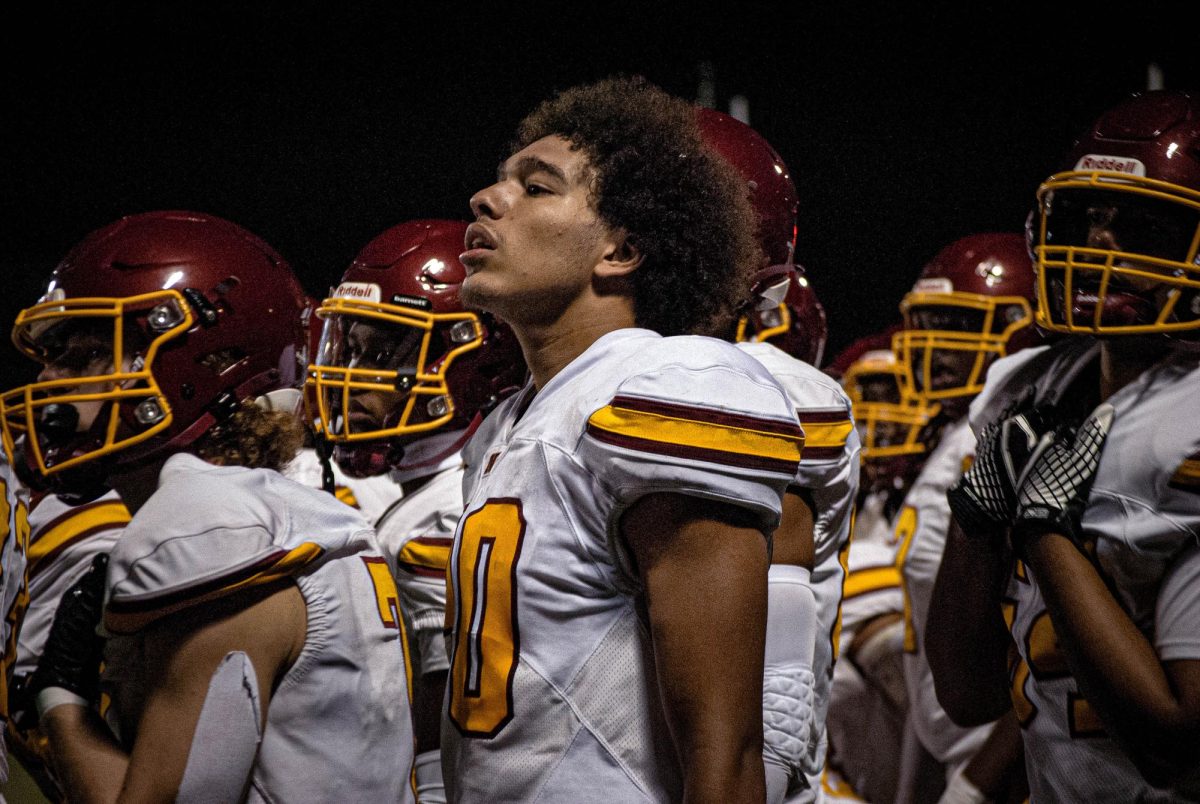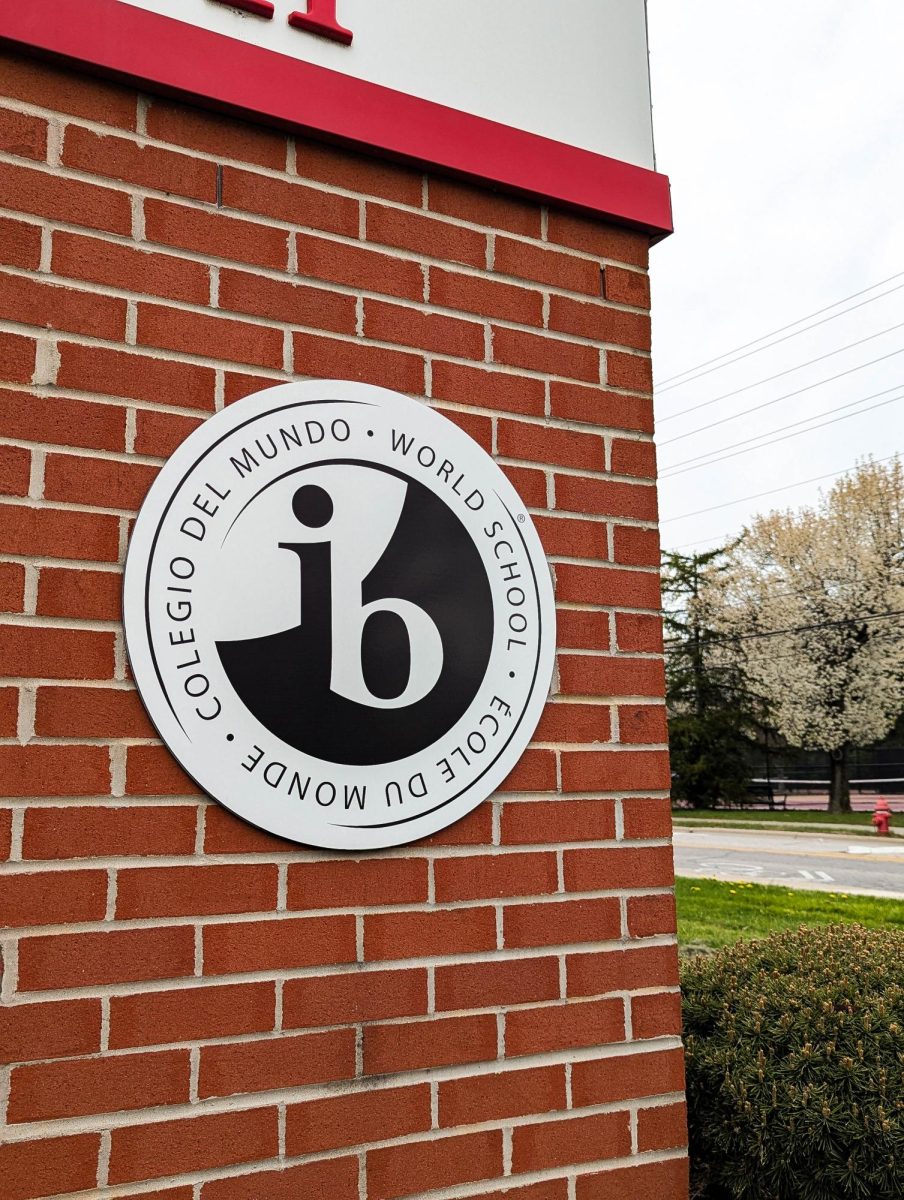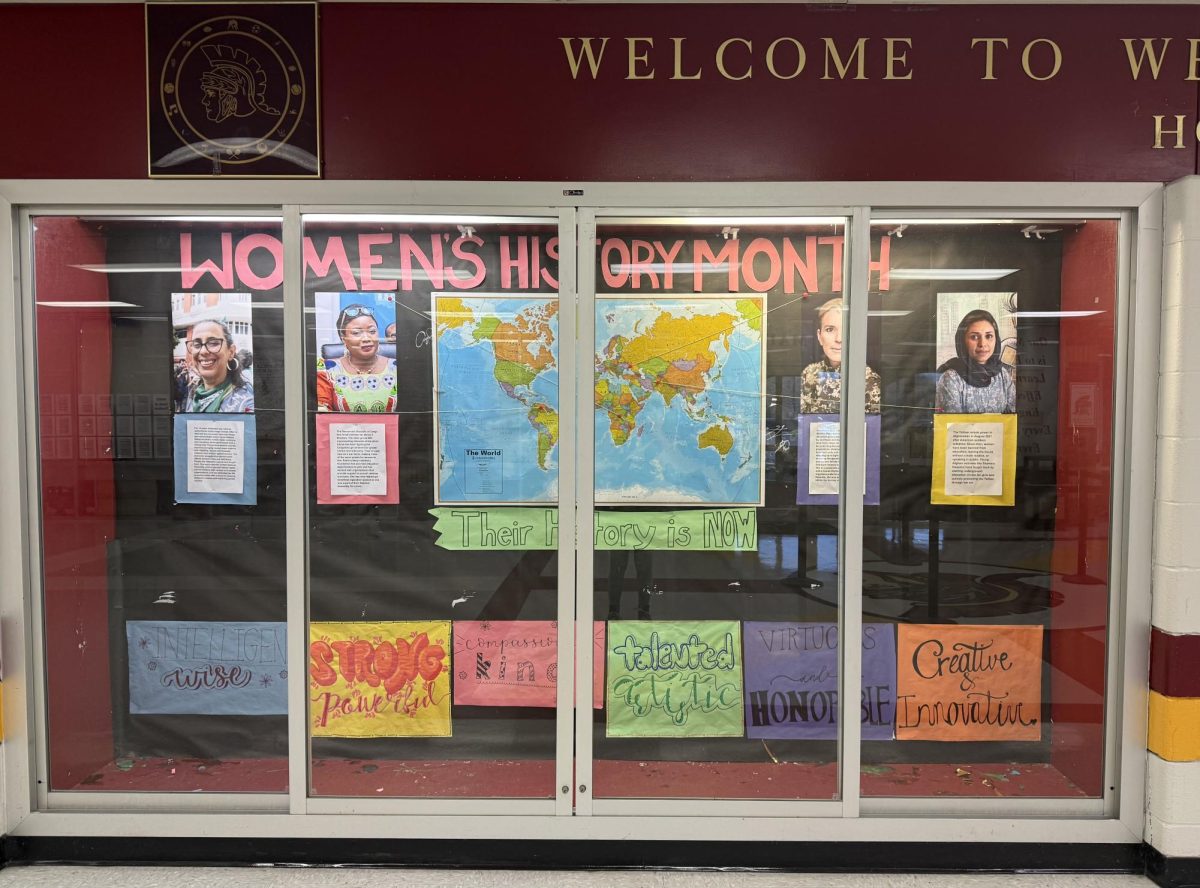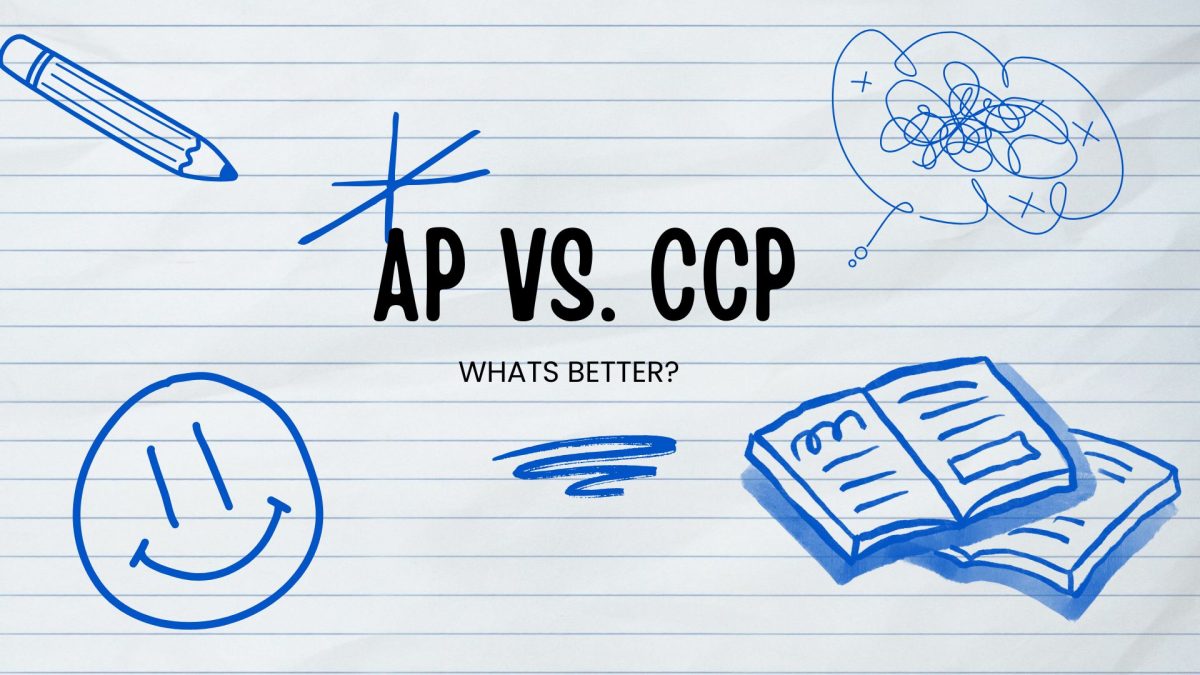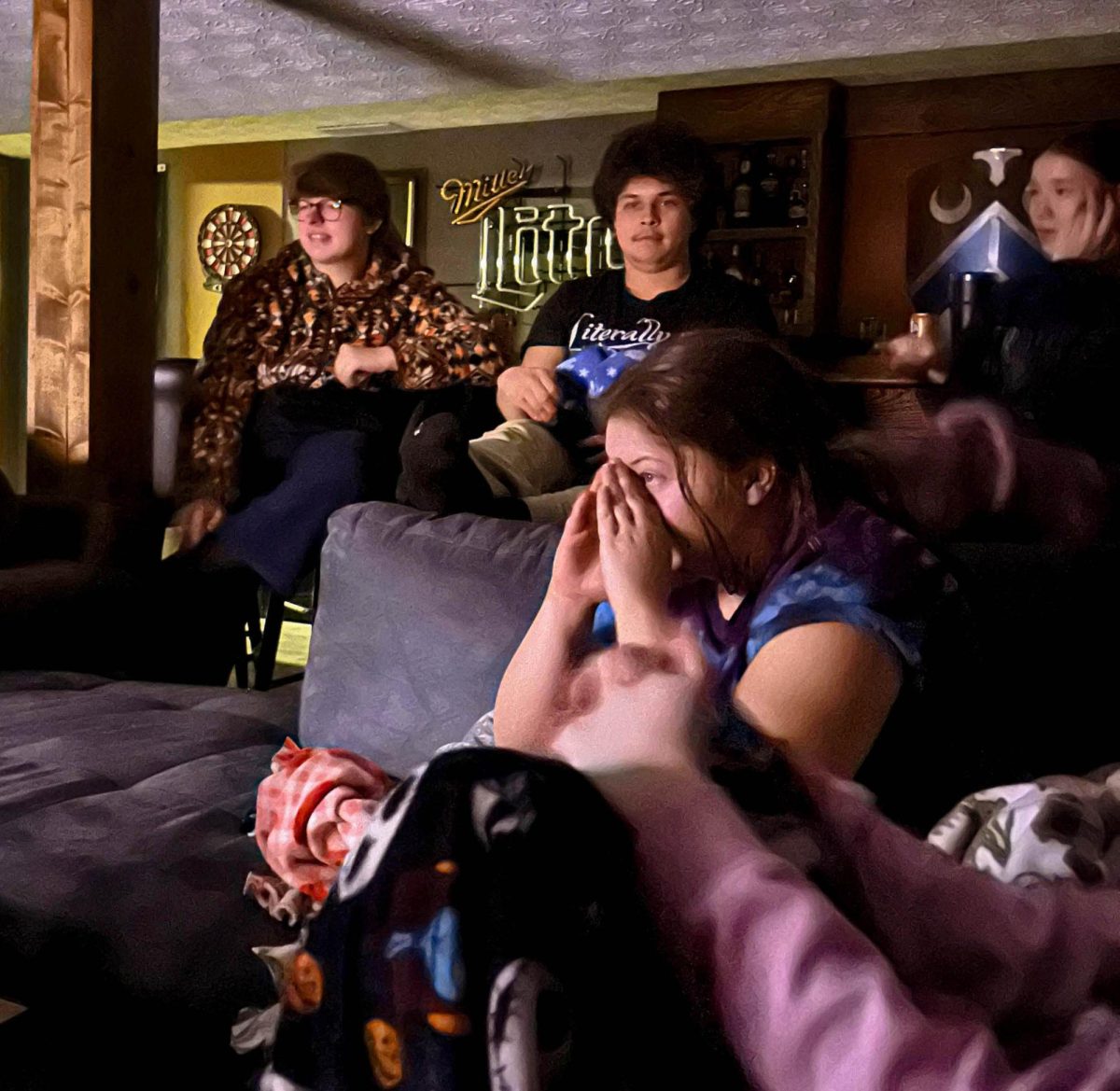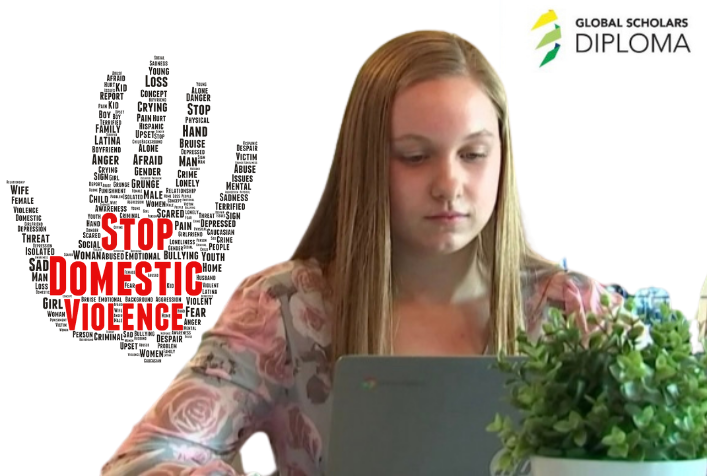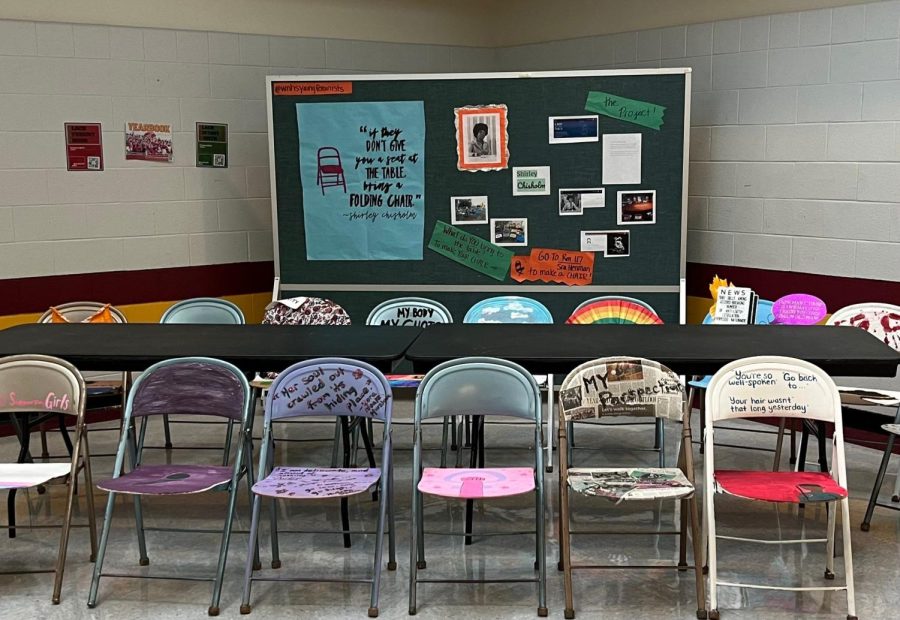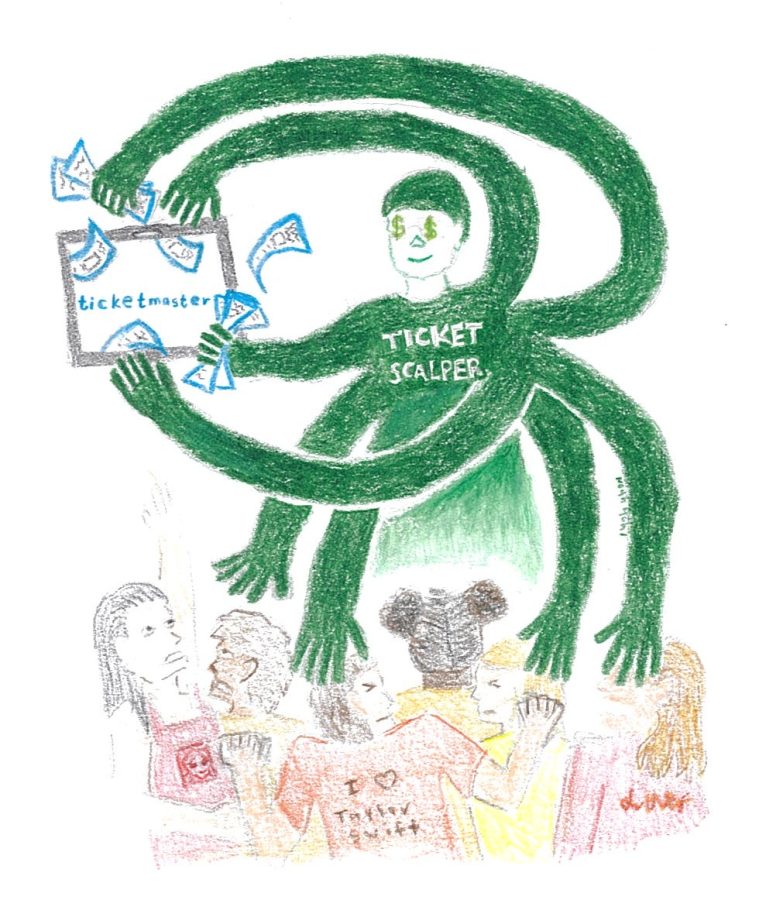Domestic violence (DV) is the abusive, aggressive behavior within a home, typically involving the harassment of a spouse. In the United States, more than 10 million adults experience domestic violence annually. Today, women ages 18-24 are most commonly abused by their partners. DV is popularly recognized in adult relationships, however, teenagers are just as susceptible, more so if they grew up in a household where domestic abuse was present.
In America, teen domestic violence (TDV) affects 1.5 million teenagers annually. TDV can be organized into four categories: psychological, physical, stalking, and sexual. According to a recent survey conducted by the Centers for Disease Control, one in 11 female and one in 15 male high school students revealed they had experienced DV.
Although every teenager is vulnerable to TDV, female and LGBTQ+ students are statistically targeted the most.
Emily Rose Moore (11) is a member of Westerville North High School’s Young Feminist club where they focus on social issues like domestic violence.
“I think that female teens experience domestic violence far more than male teens, because of the patriarchal standard that is set for them. That being said, I think that women are also more likely to report domestic violence than men,” Moore said.
Oftentimes, TDV is the gateway to behavioral issues such as bullying and depression. In more extreme cases, TDV victims resort to the abuse of substances, like alcohol and tobacco products.
Students who are victims of TDV are more likely to miss school, fight and in more extreme cases, injure people. Technology and bullying play a significant role in TDV. As of this year, seven in 10 teenagers reported experiencing bullying before the age of 18. Due to the fact that teenagers occupy their time with social media now more than ever, cyberdating abuse has grown tremendously. Cyber Dating abuse victims are three times more likely to report being bullied, or exhibit various behavioral issues.
Lilly Hammer (12) conducted extensive research on DV for her global scholars diploma program.
“I think that social media has inadvertently encouraged teens to engage in unhealthy behaviors, such as making TikTok’s about stalking partners,” Hammer said.
TDV has no easy solution. In most DV cases, victims are hesitant to come forward. In DV relationships, there is a vast difference in power between the abuser and victim. This difference in power causes the victim to become vulnerable to the abusers’ mental manipulation. Due to the fact that abusers have an upper hand on their victims, the victim is in a tough position, especially if they’re planning on leaving.
Mackenzie Heilshorn, is a well-known youth leader in Westerville, Ohio who has had personal experiences with TDV.
“People choose to stay with their abuser often because it seems easier. Depending on the financial, social and physical circumstances of the relationship, an abuser may have been able to successfully manipulate their partner to believe they have to stay in the relationship or their life will only be worse,” Heilshorn said.
In 2018, 41% of those murdered by their abusers was discovered to have left their partner or had been planning on leaving.
“The way that abuse works, the abuser first isolates the victim and mentally breaks them down. Although they may not be alone and may have other options, it is very hard to see that when you’re in that situation the manipulation is very very convincing and controlling,” Moore said.
DV is highly overlooked when it comes to teen relationships.
“I think one major reason teen domestic violence is overlooked is because domestic violence is often thought of as two people who are married with children and is limited to severe physical violence,” Hammer said.
As more teens become affected by TDV, mental health professionals wonder what leads a person to abuse, whether they’re the abuser or not.
“There is no easy or quick path to domestic violence. I would venture to bet statistics that in areas where poverty is high, domestic violence is high. But so is crime, drug usage, and teen pregnancy. I’m also willing to bet that some of the wealthiest communities have equal or higher domestic violence rates [than] areas of poverty. Evil and sin don’t discriminate. Neither does grace and goodness,” Heilshorn said.
Children who were exposed to violence growing up are more likely to be in an abusive relationship than their peers.
“I absolutely think that domestic violence is a learned behavior, majorly stemming from their parents. Kids model what they see growing up, so generational abuse is very common,” Moore said.
The most effective way in which society can battle TDV is by learning about it.
“One of the best parts of the #MeToo movement was that everyone who shares their story now, doesn’t have to be the first to do so. Sometimes the hardest part of something is just getting started. Once you’re able to share your story, not only does it empower you, but it empowers others around you. And a group of people standing together in commitment and courage speaks volumes! Community is key. Be willing to listen,” Heilshorn said.








